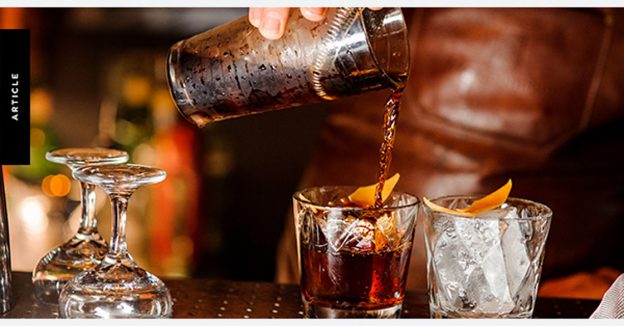As a hospitality business with a licence to sell alcohol in Australia, you face quite a few legal issues in your operations. This article updates you on the risks and advises on how to manage them, particularly over the summer.
Risks for businesses that sell liquor
More than 2,380 businesses sell alcohol in Australia through packaged liquor, clubs, hotels, on-premises, producer-wholesaler, or small bar licences. Here are the common risks if you’re one of these businesses:
- Not having a fit-for-purpose leasing agreement for your premises – check the generic one you’re probably being offered meets your specific business circumstances
- Issues with securing and maintaining the right licences and permits to sell alcohol. Make sure you abide by laws about contactless delivery, licensed trading hours, alcohol-free zones, etc
- Ensuring you only serve alcohol to people of legal drinking age (18 and over) by checking their valid identification if they look under the age of 25, just to be sure
- Breaching responsible serving of alcohol by selling liquor to a drunk person
- Maintaining a safe and fit for purpose environment and facilities for people attending the premises
- Injury due to food or alcohol sold or supplied
- Non-compliant labelling on the alcohol you sell – it must meet the Food Standards Code.
To minimise the risks of intoxicated customers, consider offering a more diverse range of non-alcoholic options, but be mindful of pricing (and profit margin). Many newer products can match the price of alcoholic drinks, meaning consumers may not be swayed to drink the healthier option.
Three other key risks involve public liability, product liability, and worker safety.
Public liability
Your hospitality business has a duty of care to patrons and other visitors to your premises., such as contractors, suppliers, and members of the public.
Public liability insurance helps protect your business against claims from third parties (not your workers) for personal injury or property damage. Specifically, those claims would centre on your business possibly being negligent or having defective premises.
Typical public liability claims in the hospitality sector include injuries or damage due to slips, trips and falls, and assaults.
Having the right insurance can cover the damages cost, lost income while those injured recover, compensation, and legal fees. Consider if multiple patrons are affected and if the costs to your business escalate.
Product liability
Product liability insurance covers your business for injuries or damages that happen due to the products – such as alcohol – that you sell. For instance, serving food that is contaminated due to poor hygiene practices resulting in food poisoning to a number of patrons.
A product liability policy (usually part of a combined public & products liability policy) is your protection against financial loss should your product – defective or not – cause property damage, physical injury, or other losses to those using the product. Key issues here are contamination, allergic reactions, or other health problems that your products, such as liquor, could cause.
Workers’ compensation
Nearly four in 10 hospitality workers drink at levels that mean they have an increased risk of alcohol-related disease or injury. That’s according to the Australian Institute of Health and Welfare. Research backs that up, finding the risk rises with a high workload – more than 40 hours a week. The Australian Burden of Disease Study has identified 29 diseases and injuries linked to alcohol consumption.
Keep these factors in mind as you invest in compulsory workers’ compensation insurance for your staff. It covers the wage costs of staff who are sick or injured due to their work for your business. The policy also funds medical expenses and rehabilitation.
However, staff training, and refreshers, about safe working practices and responsible alcohol consumption can help minimise these risks in your workplace. Can you bring more festive cheer to your workplace by ensuring it’s a safe space for staff to more openly discuss and address safety incidents, hazards, and issues?
Talk to us for more tips on boosting your risk management approach.


